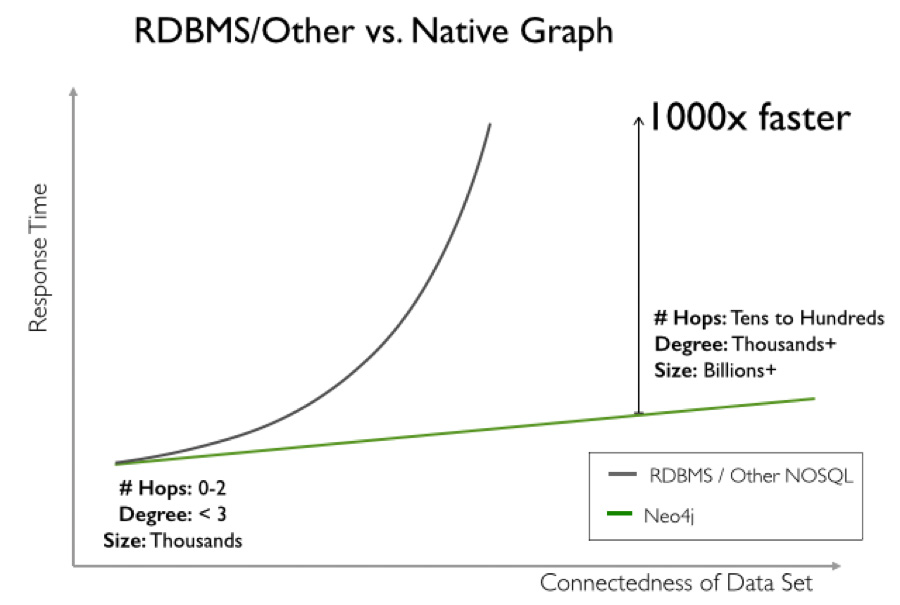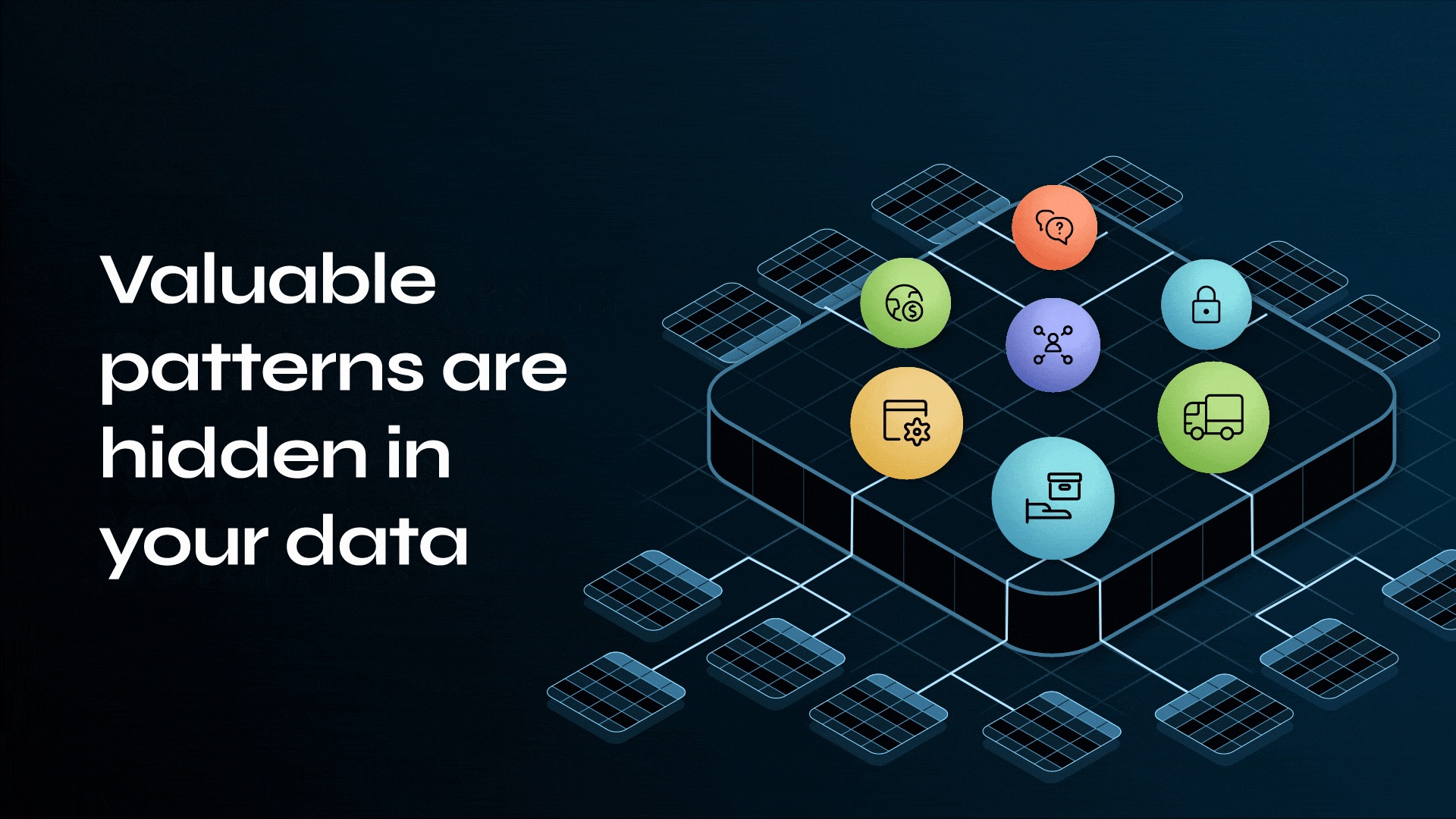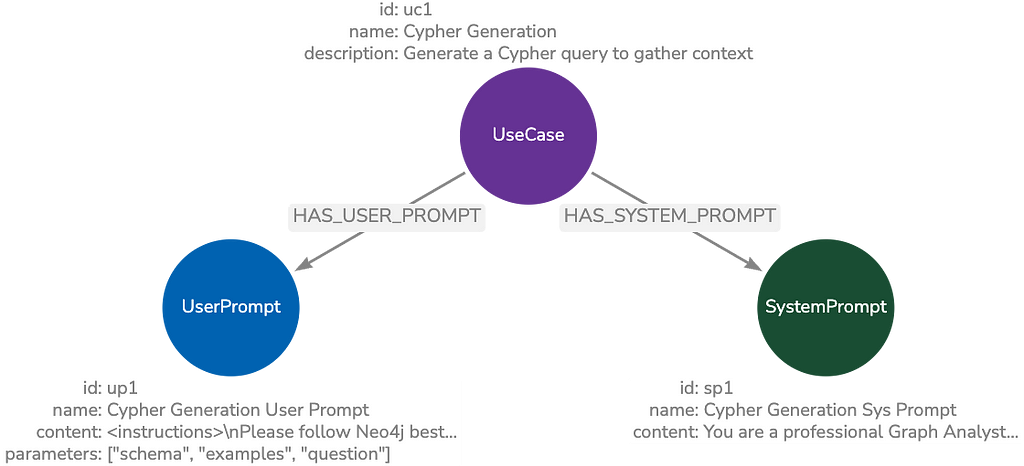The Sustainable Competitive Advantage of Connected Data

Vice President, Product Marketing
3 min read


As data sizes and customer expectations accelerate at lightning speed, how can your business achieve sustainable competitive advantage?
By unlocking the value of data relationships – in both new and reimagined applications – your enterprise can easily improve performance, simplify development cycles and innovate in surprising ways.
In this series on sustainable competitive advantage, we’ll cover how graph databases give your enterprise an edge when it comes to insights from data relationships. Last week, we introduced how graph databases ensure sustainable competitive advantage.
This week, we’ll dive into the most advantageous use cases and two different approaches to developing applications with connected data.
The Most Impactful – and Profitable – Use Cases of Graph Databases
A lot has already been said about the chief enterprise use cases of Neo4j, but they’re worth reviewing since their impact on your bottom line is so significant.
Global firms varying from healthcare, financial services and insurance to telecommunications, government and more all leverage their data relationships around these most common use cases:
Additionally, the momentum in the burgeoning Internet of Things (IoT) — which is perhaps more aptly called the Internet of Connected Things — is also growing significantly.
In fact, IoT use cases reveal that graph databases are best suited for handling effectively the data relationships that arise when connected devices communicate with each other and incorporate external data, such as weather statistics, geo-spatial information and maintenance records.
Last week, we discussed how today’s cutting-edge enterprises are achieving sustainable competitive advantage with graph databases in two different ways:
- Creating new products and services around connected data
- Reimagining existing applications with data relationships to lower costs and boost performance
This week, we’ll discuss both approaches in greater detail:
Compete by Creating New Products and Services around Connected Data
Your business must adapt quickly to changing market conditions and tightening customer expectations. Oftentimes, your organization can’t undertake even profitable projects, because doing so would be prohibitively complicated or even impossible.
Many of these hurdles have to do with navigating relationships between your data points, and building a connected-data application on top of these data points is impractical with today’s relational databases and aggregate stores (i.e. most NoSQL databases).
Understanding data relationships is also key to understanding dependencies, uncovering cascading impacts and predicting user behavior. To identify these opportunities, your business needs tools that show complex connections quickly and easily.
Because of their design, graph databases have become an essential tool for discovering, capturing and making sense of complex interdependencies and relationships. Graphs can easily model and navigate networks of data with extremely high performance and are the perfect instrument for building next-generation enterprise functionality.
The diagram below illustrates how performance holds steady in Neo4j, even as data size increases and becomes increasingly connected. Note how the opposite is true for relational databases and other database management systems.
Compete by Reimagining Existing Applications with Data Relationships
While savvy innovation and new applications are integral to beating your competition, it’s also important to reimagine your existing mission-critical applications around the value of data relationships.
Business processes are more related than ever before, and it’s possible to learn more about customers and derive value from the information. Yet, existing applications were not typically designed to take advantage of these new opportunities.
That’s why even your most profit-proven applications must be reimagined around the value of your connected data, whether that’s in fraud detection, supply chain management, real-time logistics or master data management.
Once you’ve reimagined your existing applications, competitors will find it hard to keep up.
The rest of this blog series explores how forward-thinking companies are adopting graph databases to extract maximum value from data relationships. Starting next week, we’ll highlight five companies that have used Neo4j to achieve sustainable competitive advantage.
Download this white paper, Sustainable Competitive Advantage: Creating Business Value through Data Relationships, and discover how to use graph database technology to leave your competition behind.
Catch up with the rest of the sustainable competitive advantage series:









